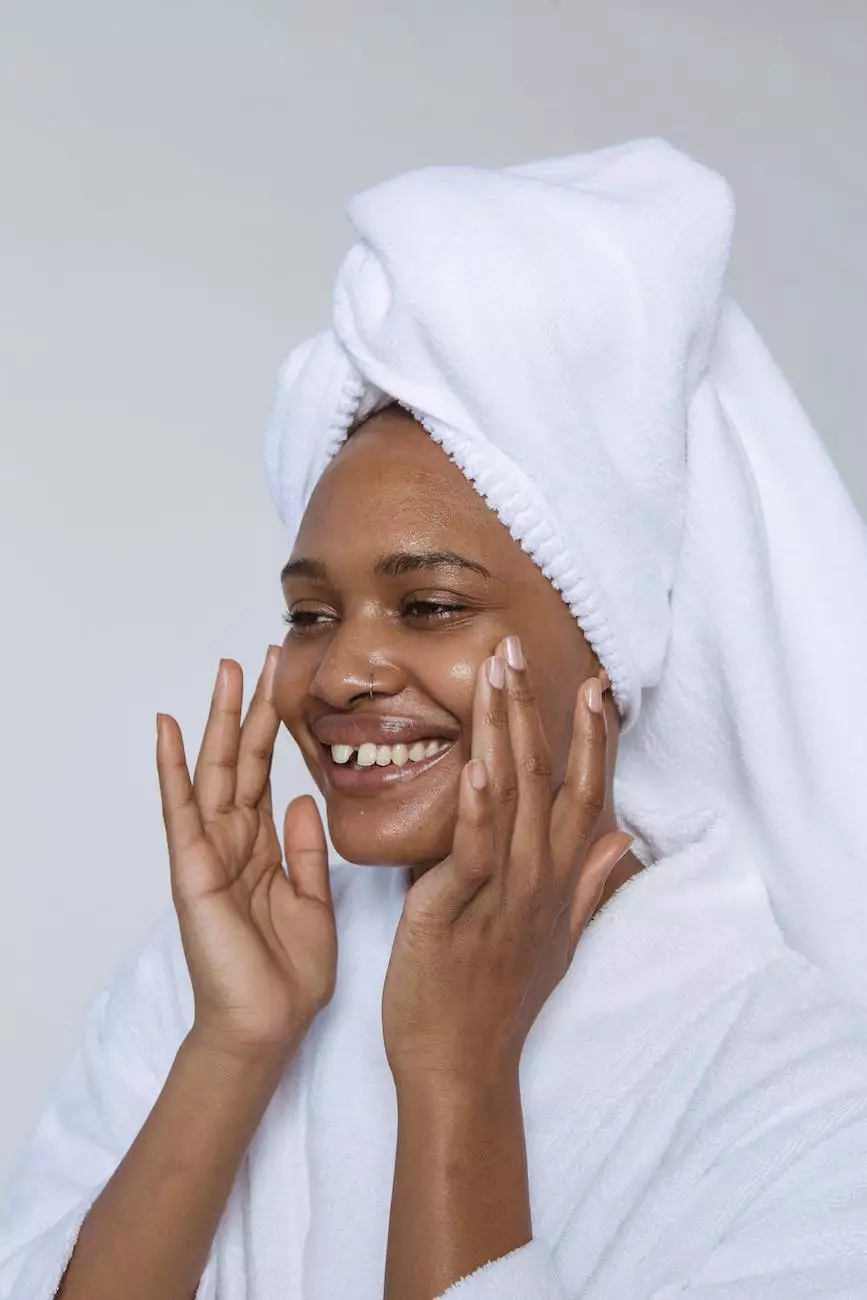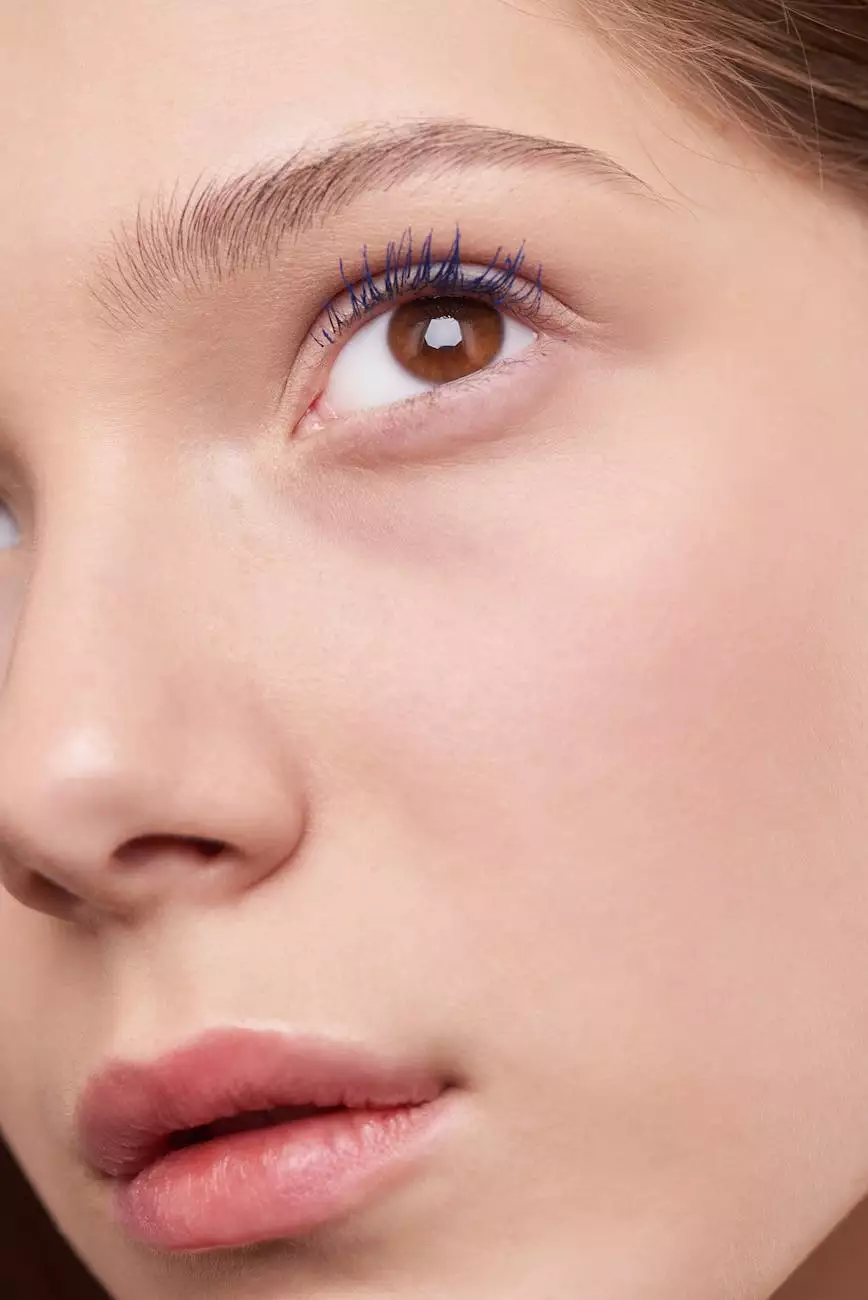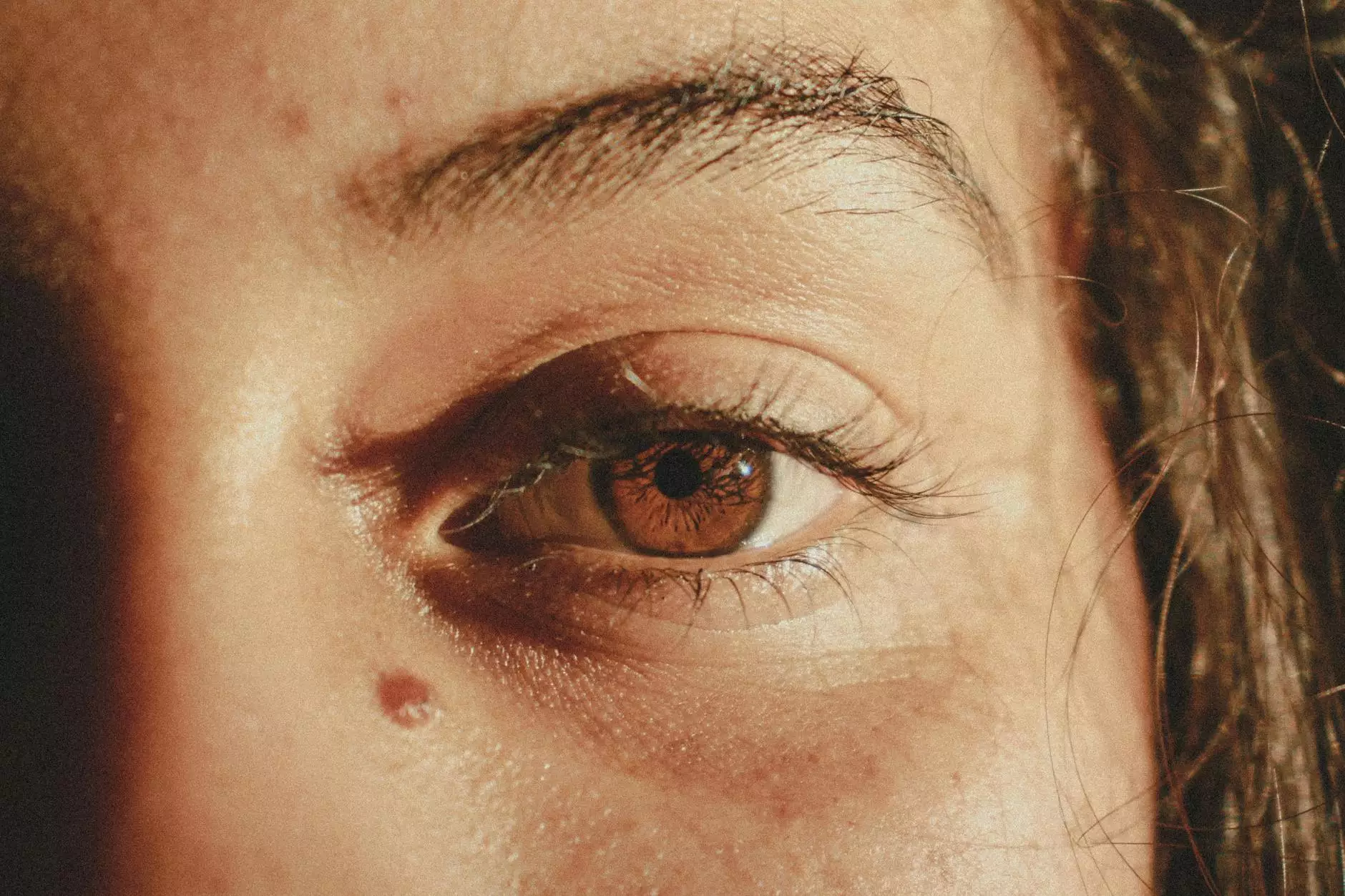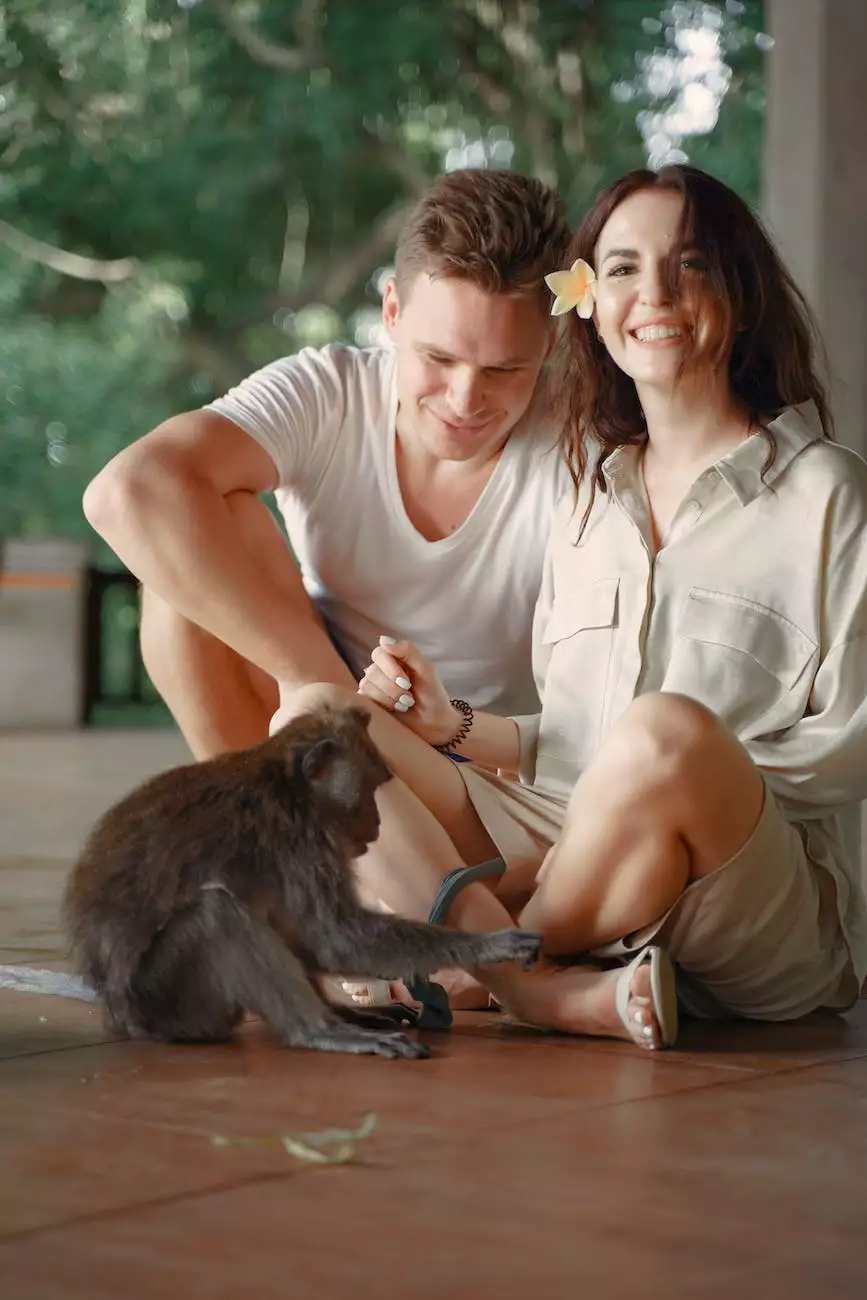Glossary of Ocular Anatomy - Family Vision Care
Blog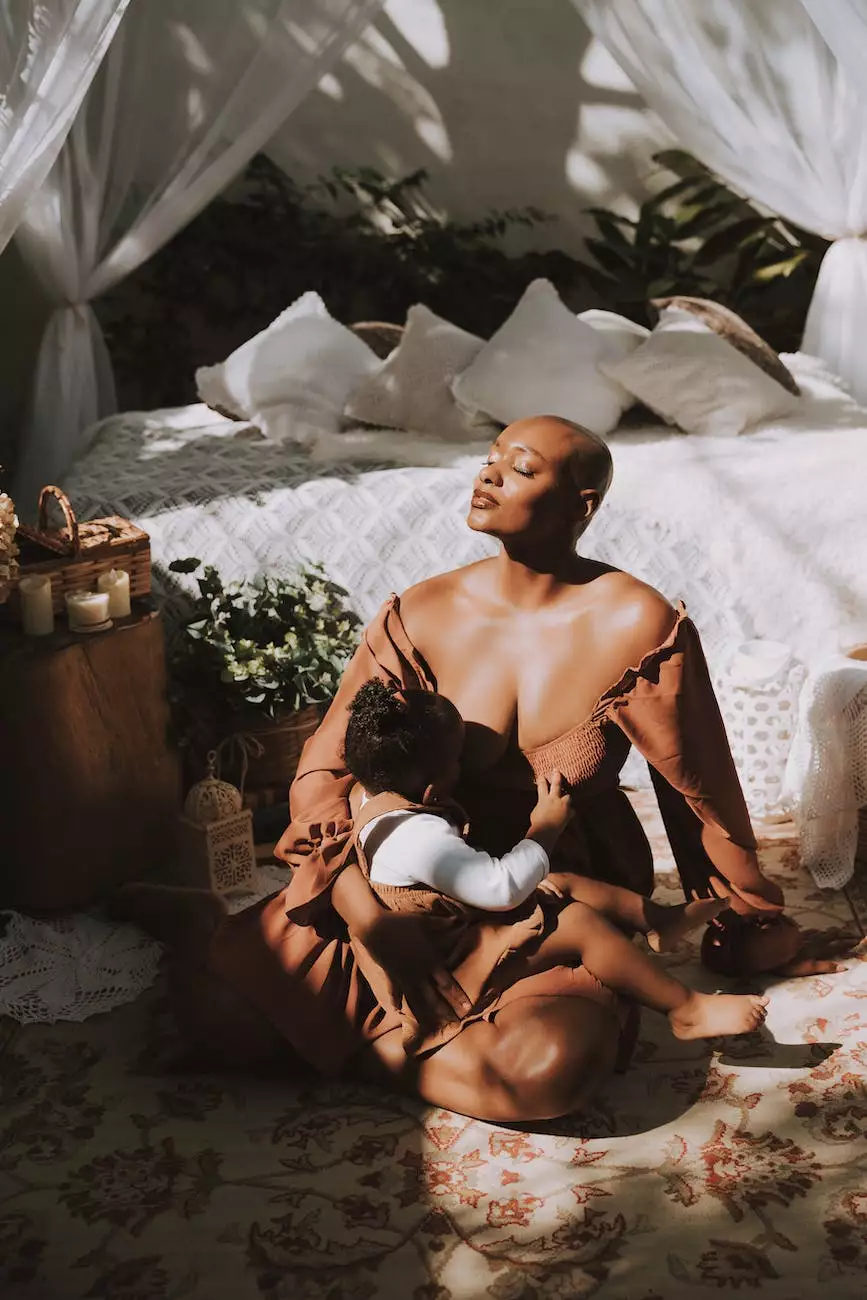
Introduction
Welcome to the comprehensive glossary of ocular anatomy provided by Baron Rick W Dr, your trusted source for quality eye care. This glossary aims to provide you with a detailed understanding of the intricate structures that make up the human eye. Whether you're a patient seeking knowledge or a healthcare professional looking to expand your understanding, this resource will help you navigate the fascinating world of ocular anatomy.
The Eye: A Marvel of Nature
The eye is an incredible organ, responsible for our vision and the ability to perceive the world around us. It is a complex structure comprising various components that work seamlessly together to process visual information. Understanding the anatomy of the eye is crucial in diagnosing and treating vision problems and eye diseases. Let's delve into the details of ocular anatomy!
Main Structures of the Eye
Cornea
The cornea is the transparent, dome-shaped tissue covering the front of the eye. It plays a vital role in focusing light onto the retina, contributing to clear vision. This avascular structure consists of several layers, including the epithelium, Bowman's layer, stroma, Descemet's membrane, and endothelium. Any abnormalities in the cornea can lead to vision distortions or blurred vision.
Iris
The iris is the colored part of the eye located behind the cornea. It controls the size of the pupil, regulating the amount of light that enters the eye. The iris consists of smooth muscles and pigmented cells, giving each person their unique eye color. Changes in iris pigmentation may indicate certain medical conditions or diseases.
Pupil
The pupil is the black circular opening at the center of the iris. It constricts or dilates in response to varying light conditions, allowing the right amount of light to reach the retina. The size of the pupil influences depth of field and depth perception.
Lens
The lens, located behind the iris, is responsible for fine-tuning the focus of light onto the retina. It adjusts its shape through a process called accommodation, allowing us to see objects clearly at different distances. With age, the lens can become less flexible, leading to a condition known as presbyopia.
Retina
The retina is a thin layer of tissue lining the back of the eye. It contains specialized photoreceptor cells called rods and cones, which convert light into electrical signals that are transmitted to the brain through the optic nerve. The retina also houses other important structures, such as the macula and fovea centralis, responsible for central vision and visual acuity.
Optic Nerve
The optic nerve is a bundle of nerve fibers that carries visual information from the retina to the brain. It is responsible for transmitting the electrical signals generated by the photoreceptors to the visual cortex, where vision is ultimately processed. Damage to the optic nerve can result in vision loss or blindness.
Vitreous Humor
The vitreous humor is a gel-like substance that fills the space between the lens and the retina. It helps maintain the shape of the eye and acts as a shock absorber, protecting the delicate structures within the eye. Changes in the vitreous humor's consistency can lead to floaters or other visual disturbances.
Conclusion
Understanding the anatomy of the eye is essential for maintaining good eye health and seeking proper eye care. The glossary of ocular anatomy provided by Baron Rick W Dr serves as a valuable resource, empowering individuals to make informed decisions about their eye health. If you have any concerns or questions, do not hesitate to consult with our experienced eye care professionals. Your vision deserves the best care, and we are here to provide it.

